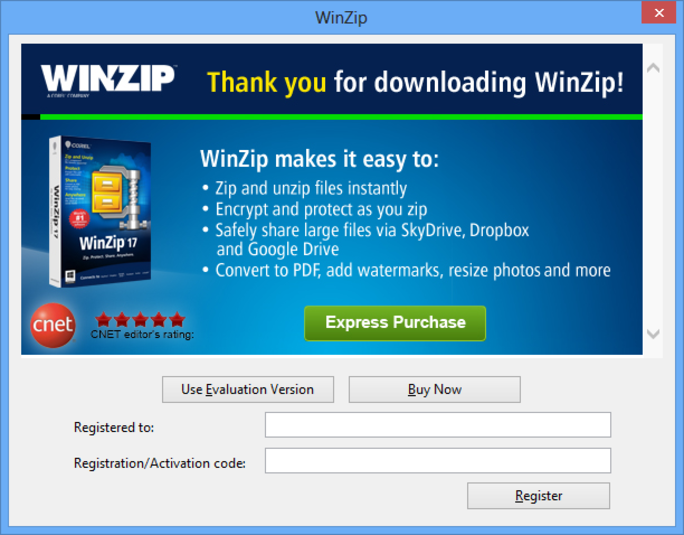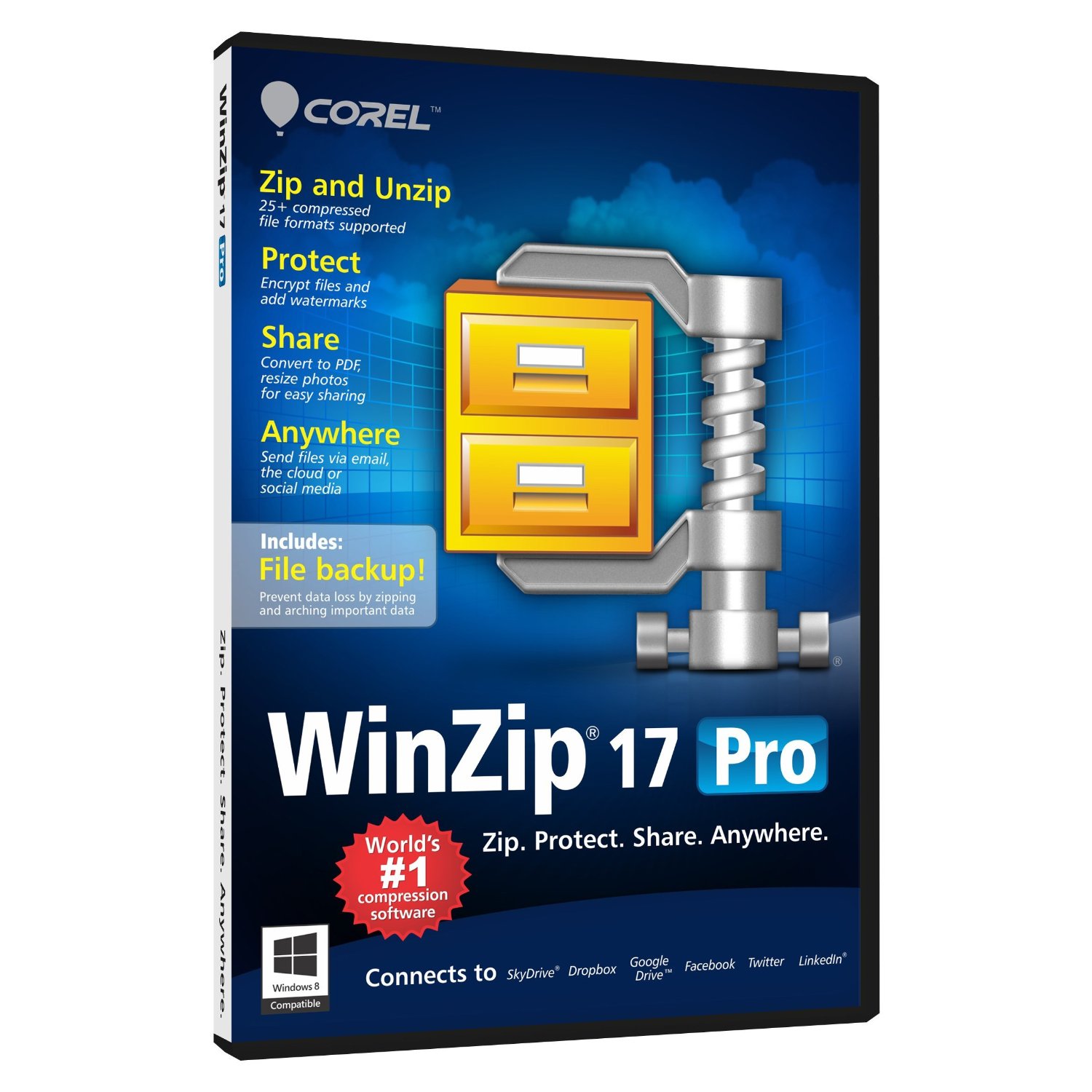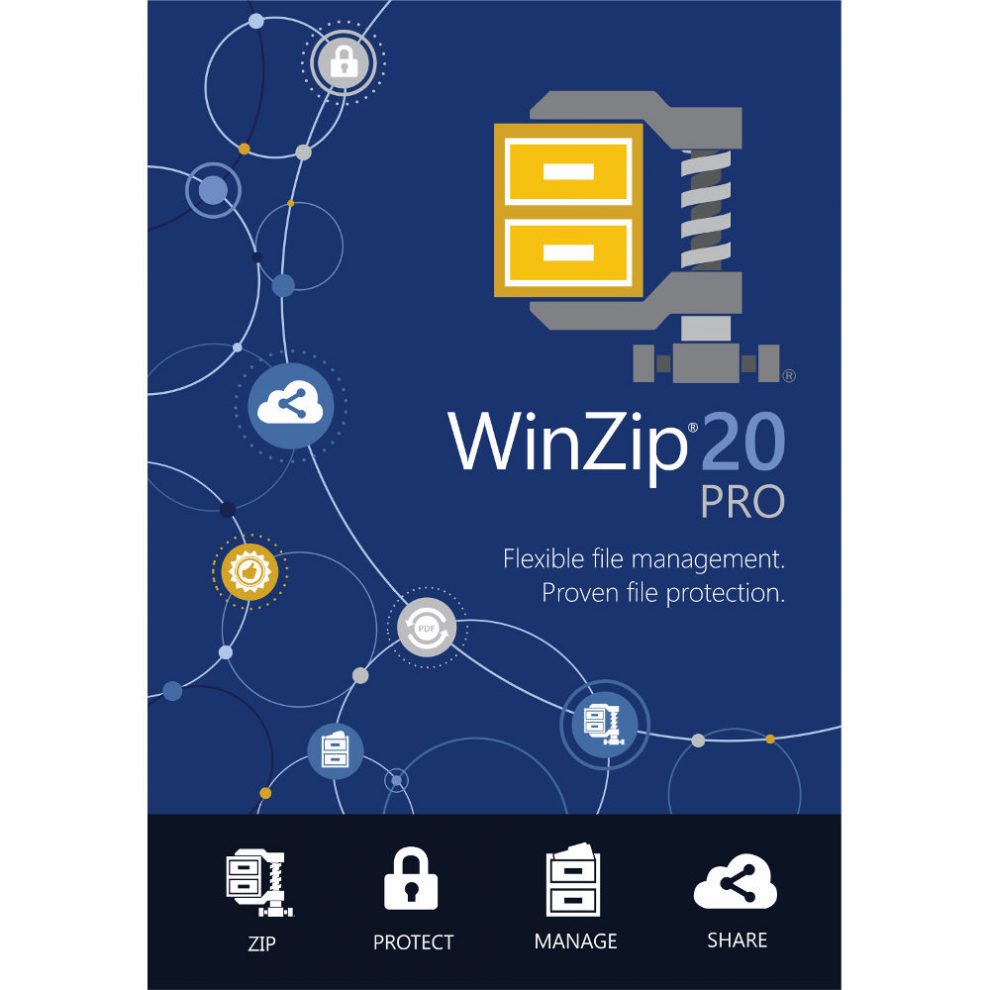

ZIP is used as a base file format by many programs, usually under a different name.


ZIP and the MIME media type application/zip. ZIP files generally use the file extensions. Most free operating systems have built in support for ZIP in similar manners to Windows and Mac OS X. Apple has included built-in ZIP support in Mac OS X 10.3 (via BOMArchiveHelper, now Archive Utility) and later.

Native support was added as of the year 2000 in Windows ME. Microsoft has included built-in ZIP support (under the name "compressed folders") in versions of Microsoft Windows since 1998 via the "Plus! 98" addon for Windows 98. The ZIP format was then quickly supported by many software utilities other than PKZIP. This format was originally created in 1989 and was first implemented in PKWARE, Inc.'s PKZIP utility, as a replacement for the previous ARC compression format by Thom Henderson. The ZIP file format permits a number of compression algorithms, though DEFLATE is the most common. A ZIP file may contain one or more files or directories that may have been compressed. ZIP is an archive file format that supports lossless data compression. ipa, Apk_(file_format) ( EAR, RAR (Java), WAR) You can’t argue with 1 billion downloads. When a software is popular and included in every debate on file compression, it’s much more than user ratings and adoration. WinZip has won both but does it rest on its laurels or bound ahead with a fresh spring in its steps? Thankfully, it is the latter as the new version of WinZip (that is WinZip 17 Pro) is the most significant update in a long while according to the developers. Like most applications, even file compressor has to change its horizons for the new age where social sharing and cloud computing are the new mantra. It’s more than two decades since the first version of WinZip was released. From support for self-extracting archive files to AES-grade encryption, WinZip has gone through the cycle of changes. The majority of the previous changes were under the hood. But the latest roster of changes brings things up front. Full integration with cloud services like Dropbox, SkyDrive, and Google Drive Facebook, Twitter, and LinkedIn sharing automatic PDF creation and image resizing before sharing are just some of the new changes will be putting the spotlight on.


 0 kommentar(er)
0 kommentar(er)
